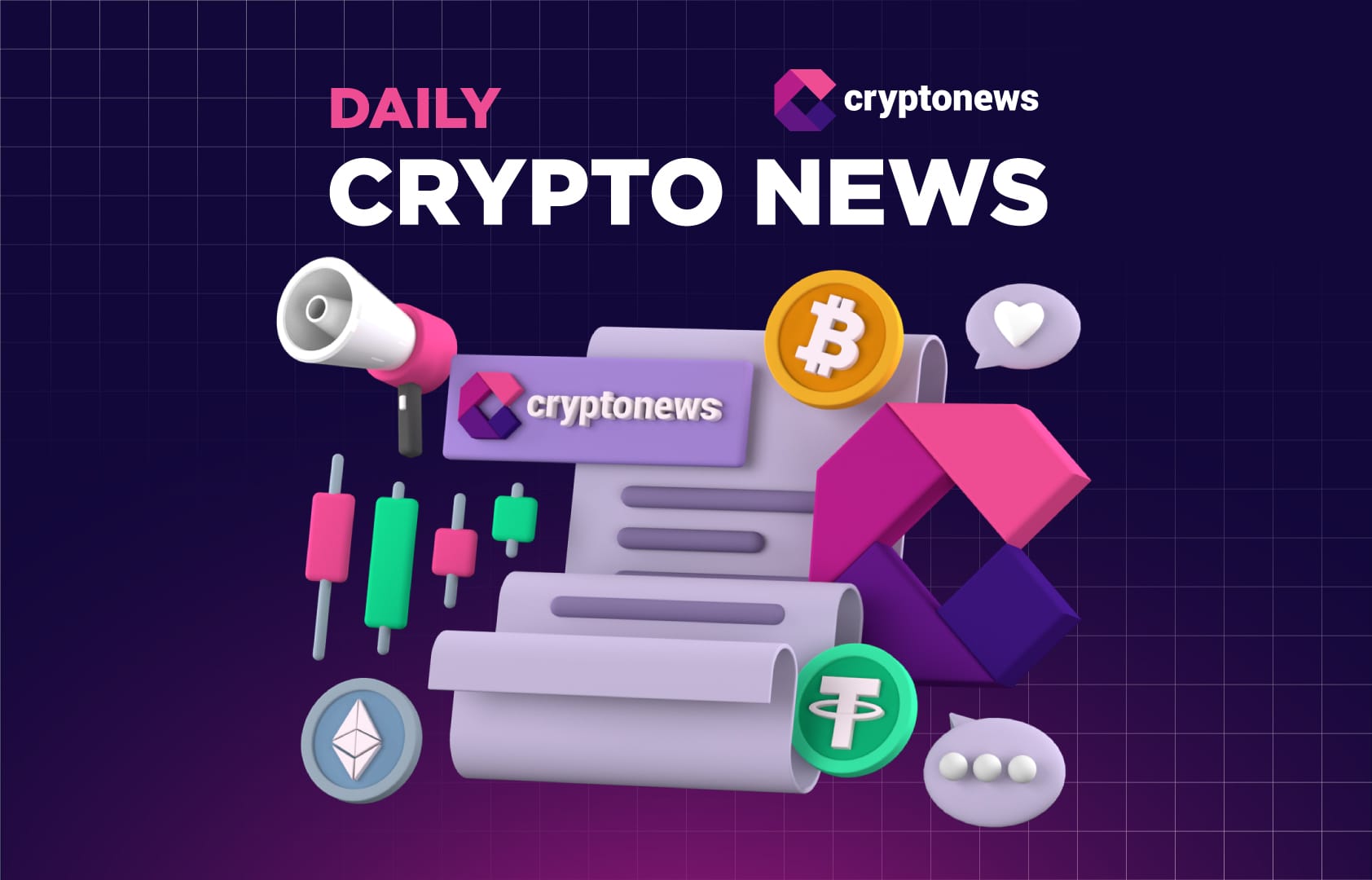Web3: A New Paradigm in Internet Evolution
By the 2000s, advances in technologies such as Javascript, HTML5, and CSS3 made the Internet more dynamic, enabling users to both consume and create different types of content, including text, images, audio, and video. This interactive phase is called Web 2.0, highlighted by the rise of social networks such as Facebook, Twitter, YouTube and LinkedIn.
As the era of Web 2.0 comes to an end, the digital world is advancing toward Web 3.0 and Web3. These two phrases are often confused as representing the same idea. Tim Berners-Lee introduced the concept of Web 3.0 in early 2006, with an Internet enhanced by Artificial Intelligence (AI). He also called it the semantic web, indicating its ability to process and interpret information similar to human cognition.
Web3 originated in 2014, launched by Gavin Wood, a pivotal figure in the Ethereum blockchain and the initiator of Polkadot. This blockchain infrastructure facilitates the automation of online processes and systems through smart contracts.
Web3 is not designed to replace Web 3.0; rather they are complementary. Web3 represents a network built on blockchain technology, aiming for a web environment that is more credible, transparent and decentralized. As Web3 advances, it paves the way for a web that is more decentralized and democratic, offering users improved control over their personal data and virtual identities.
Web3 tokens explained
Web3 tokens are an integral part of the blockchain-based Web3 ecosystem, embodying decentralization, blockchain integration, and enhanced user utility. These digital assets, which are grounded in many blockchains, serve as mediums of exchange, stores of value and units of account, essential for network maintenance and management.
Key Features of Web3 Tokens:
Decentralization: Facilitated by blockchain, enabling efficient peer-to-peer interactions.
Blockchain Integration: Aims at interoperability between different blockchain networks, improving their connectivity and functionality.
User Empowerment: Users have control over their private details, to ensure that their privacy is inviolable.
Scalability and efficiency: Innovations like PoS improve speed and lower costs of transactions.
Free access: It promotes transparency, privacy, security and cost cutting.
Key Web3 Tokens in the Blockchain Ecosystem
The landscape of Web3 is diverse, with multiple blockchains each designed for different purposes. Among these we already have active Web3 tokens.
Among them, NFTs are quite notable. Non-slingable signs are representative of the fact that people are in such control of their experience.
Notable Web3 Tokens:
Chain link
DeFi system capable of bringing real events to the blockchain via nodes In addition, LINK, its native token, is given to or taken from node operators based on their transmission of accurate data.
Internet Computer
Expanding the Web3 horizon, the Internet Computing Token (ICP) aims to revolutionize Internet functionality by enabling Dapps to run at Web speed. ICP promotes network governance and participation, marking a significant leap towards a fully decentralized web.
Polka dot
Benefits are mainly the creation of custom blockchains and smart contracts. The token, DOT, is also used for management and is used as an incentive for this network.
Filecoin
As a decentralized storage service, the main source of contrast with centralized alternatives such as Google Drive is FIL tokens which are occasionally used for transaction and network management purposes.
Where to buy Web3 tokens?
To acquire Web3 tokens, one must turn to reliable cryptocurrency platforms that offer more than just the ability to purchase digital assets. A leading platform not only facilitates the acquisition of Web3 cryptocurrencies, but also provides tools for comparative analysis, such as DOT vs ICPwhich assists users in determining the most suitable currency for their needs.
The diversity of available cryptocurrencies is a hallmark of a commendable crypto exchange. It should include a broad spectrum of digital assets, spanning multiple categories and blockchain ecosystems. This ensures that investors can engage in a wide range of transactions, from trading Web3 tokens to handling different currencies across blockchains. For example, seamless exchange BNB for TRX should be easily accessible on the platform.
Choosing such a versatile and supportive platform ensures that investors can not only trade Web3 coins with ease, but also explore and execute transactions with a host of cryptocurrencies, enhancing their investment approach and portfolio diversity.
The subject matter and content of this article are solely the opinions of the author. FinanceFeeds bears no legal responsibility for the content of these articles and they do not reflect the views of FinanceFeeds or its editors.
Disclaimer for Uncirculars, with a Touch of Personality:
While we love diving into the exciting world of crypto here at Uncirculars, remember that this post, and all our content, is purely for your information and exploration. Think of it as your crypto compass, pointing you in the right direction to do your own research and make informed decisions.
No legal, tax, investment, or financial advice should be inferred from these pixels. We’re not fortune tellers or stockbrokers, just passionate crypto enthusiasts sharing our knowledge.
And just like that rollercoaster ride in your favorite DeFi protocol, past performance isn’t a guarantee of future thrills. The value of crypto assets can be as unpredictable as a moon landing, so buckle up and do your due diligence before taking the plunge.
Ultimately, any crypto adventure you embark on is yours alone. We’re just happy to be your crypto companion, cheering you on from the sidelines (and maybe sharing some snacks along the way). So research, explore, and remember, with a little knowledge and a lot of curiosity, you can navigate the crypto cosmos like a pro!
UnCirculars – Cutting through the noise, delivering unbiased crypto news















